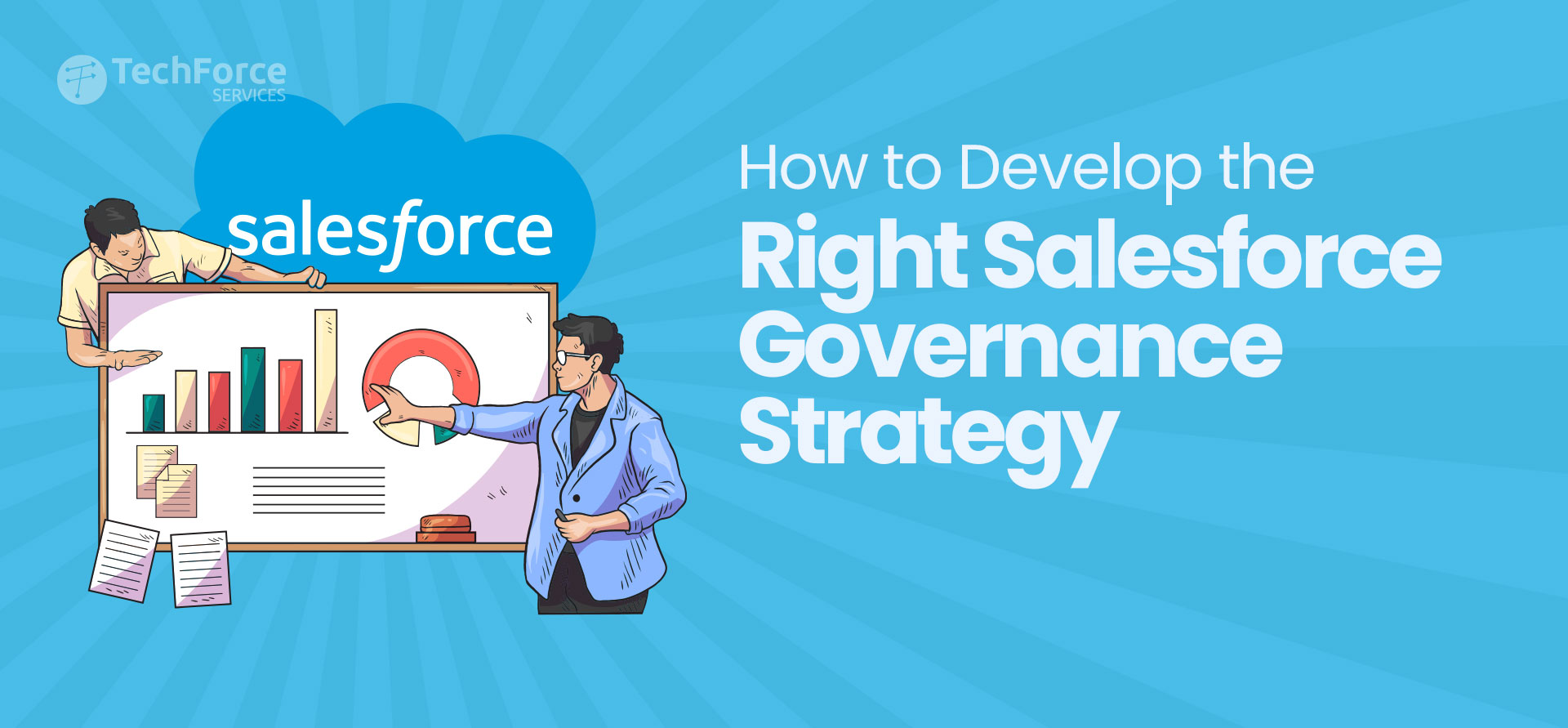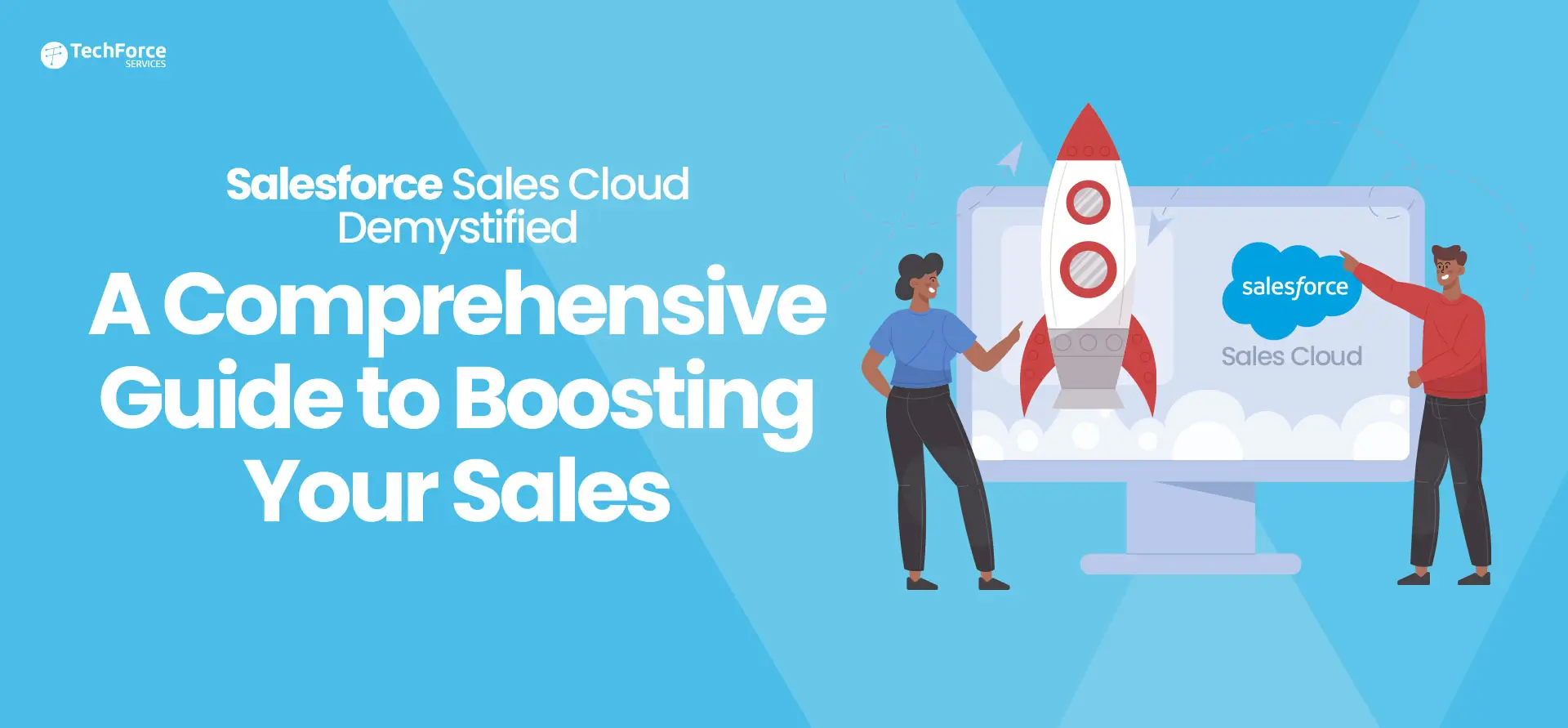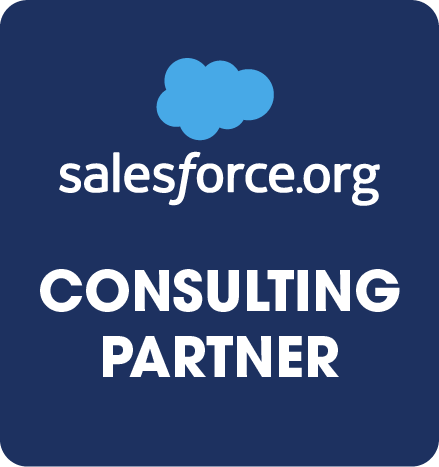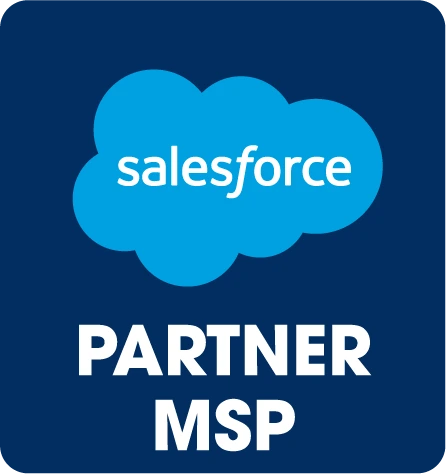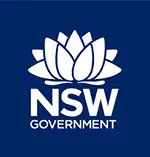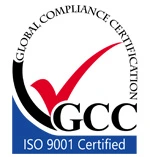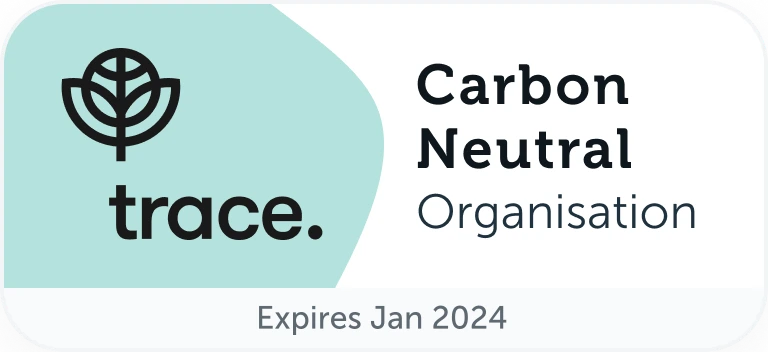Salesforce governance strategy is nothing but a centralized plan for how Salesforce is configured and how changes are managed.
Salesforce is seeing an accelerated usage for its ability to simplify, standardize, and automate key business processes, improve tracking and visibility into data, and increase efficiency to save costs and drive more revenue. It’s a big investment, which can deliver significant returns only if it’s managed correctly.
This is where you would need a proper governance strategy for Salesforce implementation. And when there is a clear, centralised governance strategy, it helps scale your business.
Key Components of a Successful Salesforce Governance Strategy
Successful Salesforce governance involves two key components – Org Strategy and Technical Governance.
Org Strategy –
This involves designing and structuring the foundational areas where your Salesforce applications will reside and run. Based on this strategy, you will choose whether to go for a single org or multiple orgs. Here are a couple of focus elements that will help you consider a successful Org strategy:
- Business strategy, units, locations, and operation model
- Application architecture, functionalities, and data strategies
- Design and delivery approach, deployment and end-user support, and DevOps lifecycle
- Business and IT governance
- Budgets
- Change management
Technical Governance –
This involves formulating the guiding principles for effectively developing the technical aspects of Salesforce. Salesforce itself has identified five key elements that must be included in the technical governance dialog:
- Pain points that would include the impact of complexity in business processes and systems and manual workarounds.
- Identifying breaking points as your customers, partners, and employees grow.
- Discover operational inefficiencies by identifying similar capabilities and analysing technical debt and corporate impact.
- Tracking business model changes by considering acquisitions, mergers, social, mobile, cloud, data, etc.
- Ensuring regulatory compliance, SOX, privacy policy, and security.
Ready to Formulate Your Salesforce Governance Strategy?
There is no one-size-fits-all answer to defining your org strategy. By promoting user adoption, ensuring system growth, and maintaining stability throughout that growth, a formal Salesforce governance strategy can take your organization’s value up by a notch.
So how can you get started with a Salesforce governance strategy? An experienced Salesforce partner can help you formulate the right Org and technical strategy for your specific business needs.
TechForce Services is an Australian Salesforce cloud technology consulting company with leading capabilities in Salesforce migrations, integrations, analytics, and staff augmentation. Combining cross-cloud consulting experience and industry-specific solutions, we offer end-to-end digital transformation strategy, consulting, interactive, technology, and operations services across the core verticals of Education, Financial Services, and Government sectors. Contact us!
Identify Stakeholders
Identifying the right set of stakeholders is very important to avoid complications in the ongoing and future implementations. Within the Salesforce ecosystem, there are multiple stakeholders – support managers, sales managers, admins, developers, testers, etc. Identifying crossover parties with Salesforce helps you to manage critical communications and identify who should be part of the next step in the process.
Forming a core group
Once you identify your stakeholders, the next step on your list should be forming a core group or a task force, if you must. The primary job here is to identify the right people who should be involved with the decision-making process when making enhancements to the platform.
Setting the Meeting Schedule
Meet regularly with the Salesforce governance task force. Involving people from multiple departments and with varying “levels” of usage is important so that feature changes can be discussed with all affected parties. For instance, putting a validation rule on Contact to assure fields are populated for the sales team might break some Support processes when email cases are submitted without the required fields.

